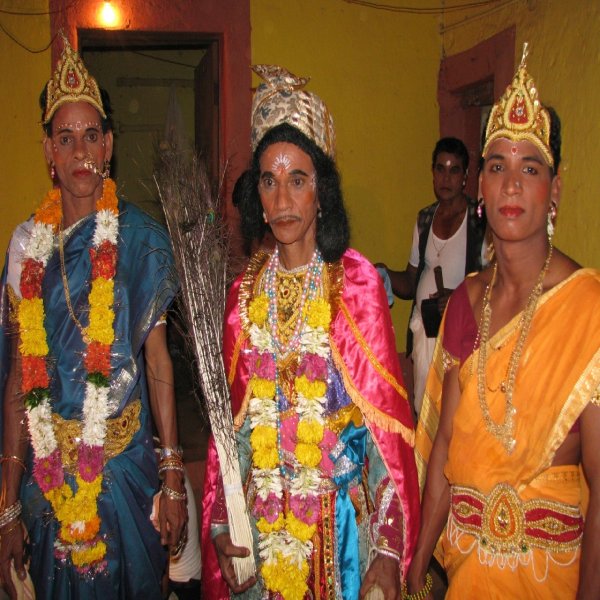tribal dance
JAGOR (Folk Theater of Goa), goa
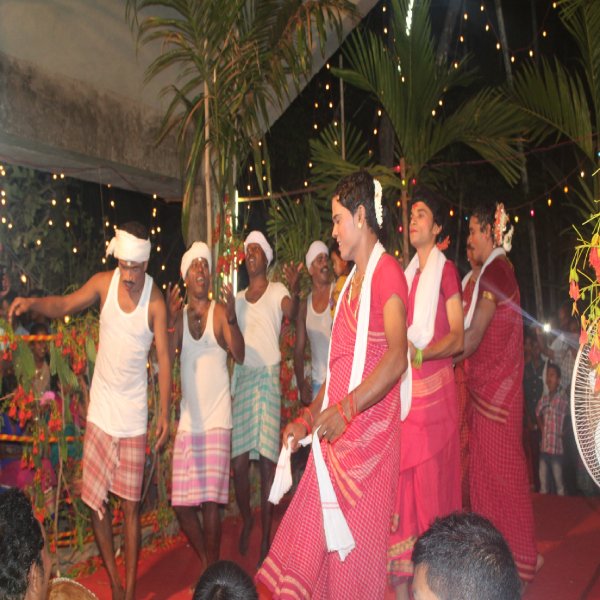
Jagor has an important place in the cultural moorings of Goa. Primarily practiced by the Gawda Community in rural areas of the state, this folk art finds expression particularly after the completion of harvest and other agro work. The term 'Jagor' is derived from the root 'jagaran', which is defined as being awake and vigilant, which renders it into a form of religious and spiritual word. 'Dhajan' is the body in which tribal people have united. This body has introduced the Mand as the village place where jagor, i.e. any other traditional folk art, is performed. The Mand is where the rich cultural life of the village is manifest. This is really the center stage from which folk art has been originating and developing. The 'jagor' is played in the place called the 'jagaracho mand'.
The Jagor is something more than a dance act, a collective ritual that integrates prayer with Music and dance and drama. Jagor is a group dance or drama, where an artist performs a dance or a drama in a set pattern. It does not have a consecutive story but consists of different scenes and dramatic performances. The features of the dance-drama are turns, different types of hand movements, and precise steps, with acting. The Jagor act brings together numerous stories that have various parts of characters from mythology or history, and a few based merely on imagination.
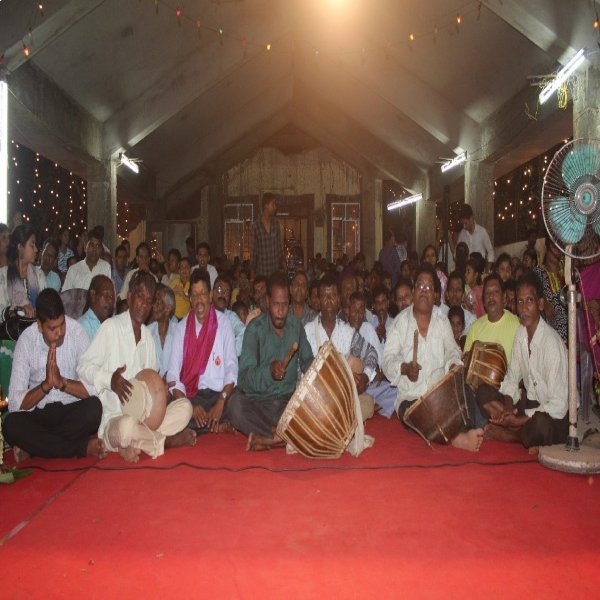
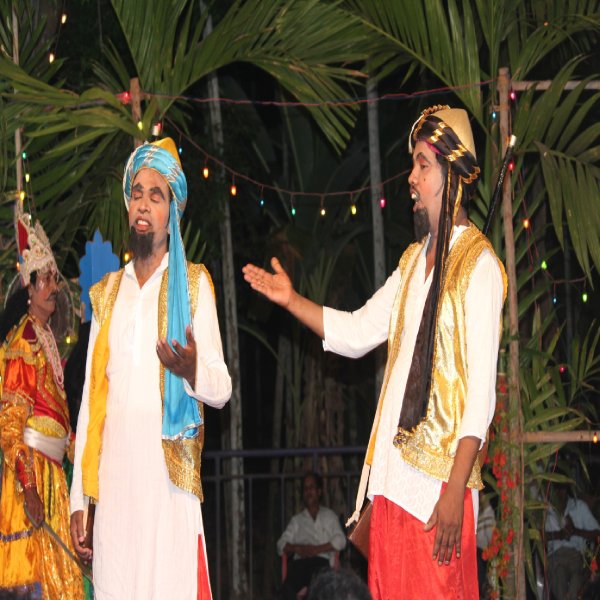
Another technical aspect is that Jagor are dances performed all night, from a vigil to sunrise. The period between 10 pm and 5 am is observed for performances, making it worth a while from religious duty to social event and entertainment. Artists adorn themselves according to the character they are playing; dishing out social issues, daily life, and religious messages through humour and entertainment.
Costumes for the performers are specially designed to reflect the characters that are meant to aptly interpret the different roles played by the characters. Turmati (headgear with flowers) would be worn by Gharasher, Nikhandar, Parpati, and Thoto would wield special sticks called Dandla (probes used to support the legs or wooden stick), Ram and Laxman wield bow and arrow, the artist dressed up like the animals (Tiger, Goat, etc.), soldiers use guns, and bamboo artisans use bamboo artifacts, and so on. Jagor dance costumes are done in local fibers using local raw materials, thus representing the cultural and geographical features of Goa. These clothes made of natural fiber and decorative items symbolize the simplicity and traditionalism of rural life. Females do not participate in the actual performances, as the male artists portray female characters and dress as such.
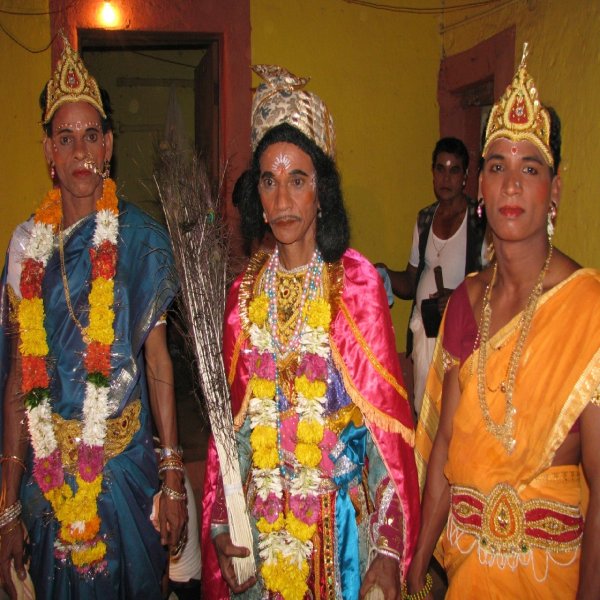
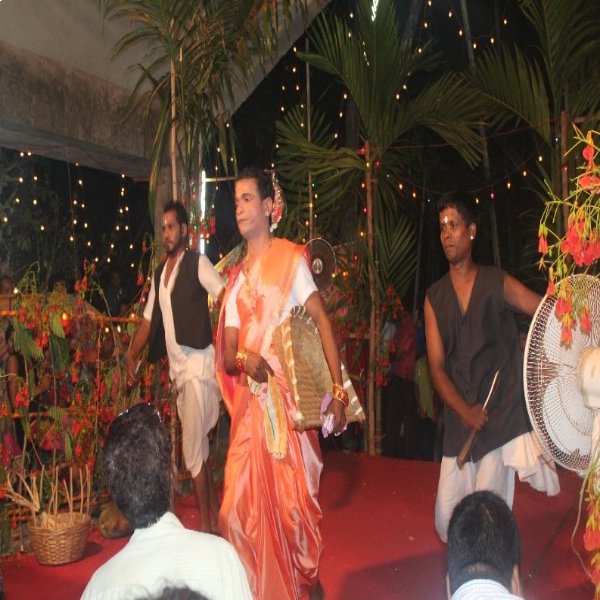
Jagor is the folk form that is inclusive of folk theatre and folk dance complemented with theatre, music, dance and singing functions. It carries the duration of about 8 hours that is from 10 pm to 6 am in the morning with the rhythmic inventions of folk instruments like Ghumat, Dub and Kasale. The Jagor is performed with different themes like historical, cultural, social and mythological ones that are having an imaginary character that indeed narrates a kind of story relating to these themes. The greatest inheritance of jagor culture is transferring one generation after another. Jagor includes locally performing folk art, which is traditionally performed as male artists of only Gawda community.
